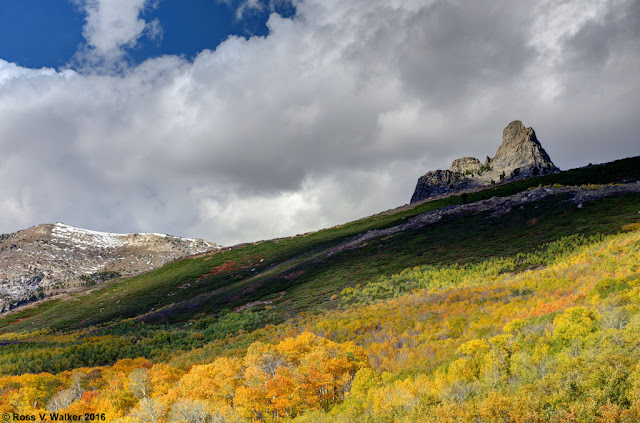One of our adventures during our fall camping trip was a
visit to the Meadow Lake petroglyphs in the northern Sierra Nevada mountains of
California.
Getting there was half the fun. After about 10 miles of dirt roads, we passed
Meadow Lake and continued toward a large area of exposed granite. Soon we found that the road was blocked by a
fallen tree. Bruce hooked on with a tow
strap, broke it, and moved it aside.
Eventually we reached a large open area of granite boulders,
with hundreds of petroglyphs on the horizontal surfaces.
The rock art at this site is described as Style 7, High
Sierra Abstract-Representational petroglyphs identified with the Martis culture
dating from 2000 B.C. to 1000 A.D. We can guess at their meaning, but no one knows for sure.
The petroglyphs here show up best on areas of dark desert
varnish, but careful inspection reveals many on the lighter colored rock as
well. The light scratches around the
edge are glacial striations caused by rocks embedded in the base of moving
glaciers.
The area is rocky and
rugged. Not many trees grow in this
granite, and there are quite a few dead snags and fallen trees. Their wood often has beautifully weathered
patterns.
Or maybe it was a good place to camp with
drinking water nearby.
We don’t know the
meaning of this rock art, but it sure is fun to find it and take pictures.
These photos are copyrighted, so please do not copy them or
use them without my permission.

















